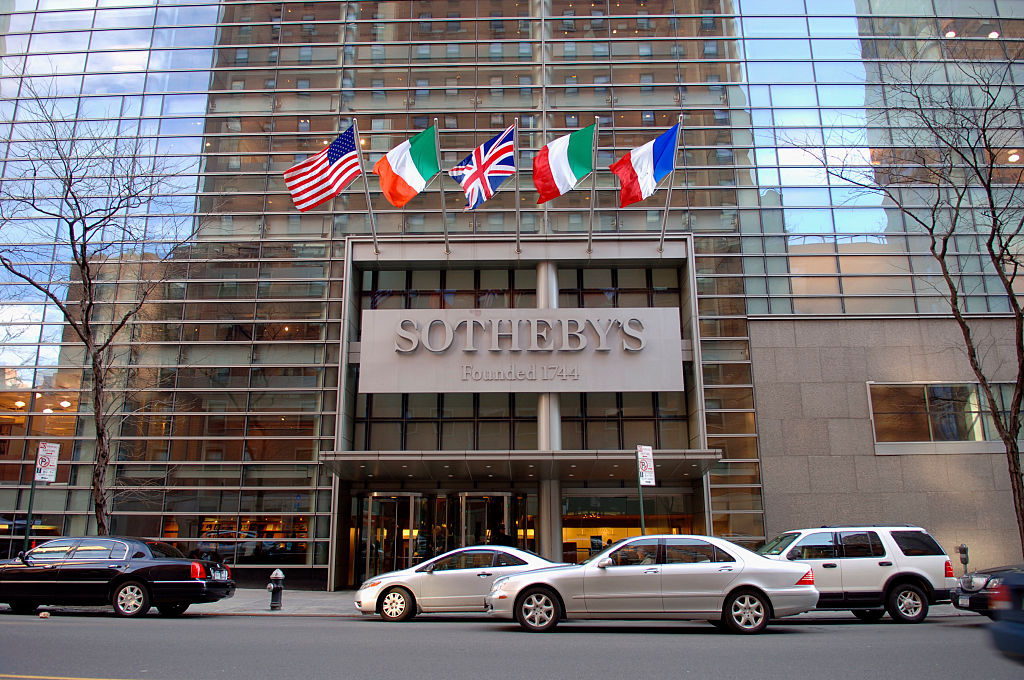
The first quarter of the year is typically a quiet one for Sotheby’s, the only major auction house whose shares are publicly traded on the New York Stock Exchange, because there are few marquee sales during the period. But this year, the house is amping up a source of revenue that relies far less on the rigid international auction schedule: private sales.
Sotheby’s announced on May 3 that it had posted a loss of $6.5 million, or 12 cents a share, for the first quarter of 2018. The result is an improvement compared with the house’s loss of $11.3 million (21 cents a share) during the equivalent period last year. It also announced that private sales had grown 70 percent during the first quarter of the year, reaching a total of $247 million.
Notwithstanding the blip to the bottom line, Sotheby’s CEO Tad Smith said: “We remain on track to have an even better year in 2018 than we did in 2017.”
The latest results were boosted by a tweak to the sale calendar, which moved the spring auctions in Hong Kong into the first quarter of the year instead of the second quarter. The schedule change added $130 million in net auction sales to the first quarter’s 2018 results.
Another area of growth was Sotheby’s Asia Week sales in New York in March, which generated $78.4 million, a 49 percent increase compared to last year.
Much of the earnings report, however, focused on the weeks ahead, including highlights like an Amedeo Modigliani nude at Sotheby’s Impressionist and Modern evening sale in New York on May 14. The painting carries a record estimate of $150 million (and, with a guarantee, has been effectively pre-sold).
But perhaps the most notable development in Sotheby’s results was the considerable uptick in private sales. The department has been growing since the house hired David Schrader, a former JP Morgan managing director, to boost the sector last February. In 2017, the house reported a 28 percent uptick in private sales, to just under $750 million.
At the moment, Sotheby’s is selling around 140 works privately, with a combined value of about $150 million, Amy Cappellazzo, the auction house’s chair of fine art, told The Art Newspaper. (Tad Smith added a note of caution: private sales are “lumpy” and therefore a less predictable revenue stream than auctions.)
Current offerings on the private side include “everything from Wool to Warhol to a big Prouvé house,” Cappellazzo said, and the minimum consignment value is $100,000. Sales brokered privately may not offer Sotheby’s larger commissions than public sales do, but the objects are still less expensive to sell because they do not require an aggressive marketing campaign or pricey tours to different cities.